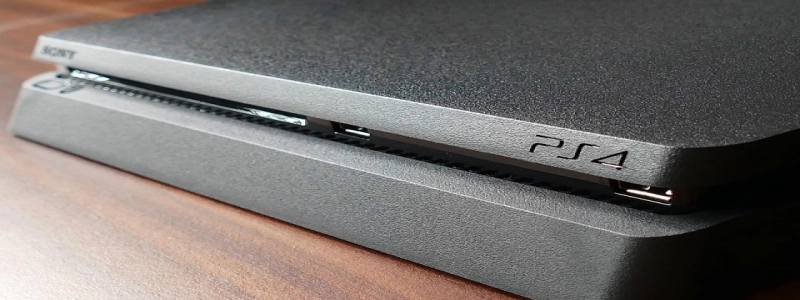Serial Port to Ethernet
Introduction:
In today’s world, the use of serial ports for communication has become less common, while Ethernet has emerged as the standard for network communication. However, there are still situations where devices with serial ports need to be connected to an Ethernet network. This can be achieved by using a serial port to Ethernet converter. In this article, we will explore the functionality and benefits of such a converter.
I. What is a Serial Port to Ethernet Converter?
A serial port to Ethernet converter is a device that allows communication between a serial device and an Ethernet network. It converts the data received from the serial port into a format that can be transmitted over Ethernet and vice versa. This enables serial devices to communicate with network-enabled devices and applications.
II. How Does it Work?
The converter has a serial port for connecting the serial device and an Ethernet port for connecting to the network. When data is received from the serial device, it is converted into TCP/IP packets, which can be transmitted over Ethernet. Similarly, when data is received over the Ethernet network, it is converted back to serial format and sent to the serial device. This bidirectional conversion enables seamless communication between the serial device and the network.
III. Benefits of Serial Port to Ethernet Conversion:
1. Increased Connectivity: By converting serial data into a format compatible with Ethernet, the converter enables the serial device to communicate with a wide range of network-enabled devices, such as computers, servers, routers, and industrial control systems.
2. Remote Access: Serial devices located in remote or inaccessible locations can be connected to the network using the converter. This allows remote monitoring, configuration, and control of these devices, eliminating the need for physical access.
3. Easy Integration: The converter simplifies the integration of serial devices into modern network infrastructures. It eliminates the need for dedicated serial cables and enables the use of standard networking equipment, making it easier to manage and maintain the network.
4. Cost-Effective Solution: Deploying a serial port to Ethernet converter is a cost-effective solution for connecting legacy serial devices to an Ethernet network. Instead of replacing the serial devices, which can be expensive and time-consuming, the converter provides a seamless and affordable connectivity option.
IV. Applications of Serial Port to Ethernet Conversion:
1. Industrial Automation: In industrial settings, there are numerous legacy devices that use serial communication. By connecting these devices to an Ethernet network, real-time monitoring and control can be achieved, leading to increased operational efficiency and productivity.
2. Telecommunications: Serial port to Ethernet converters are widely used in the telecommunications industry to connect legacy communication equipment, such as modems and fax machines, to modern IP-based networks.
3. Healthcare: Many medical devices still utilize serial communication. By connecting these devices to an Ethernet network, healthcare professionals can remotely monitor and manage critical patient information.
Conclusion:
A serial port to Ethernet converter is a versatile device that bridges the gap between serial devices and Ethernet networks. It enables seamless communication between these two technologies, providing increased connectivity, remote access, easy integration, and cost-effective solutions. With a wide range of applications across industries, serial port to Ethernet converters play a crucial role in modernizing legacy devices and maximizing their functionality within networked environments.








